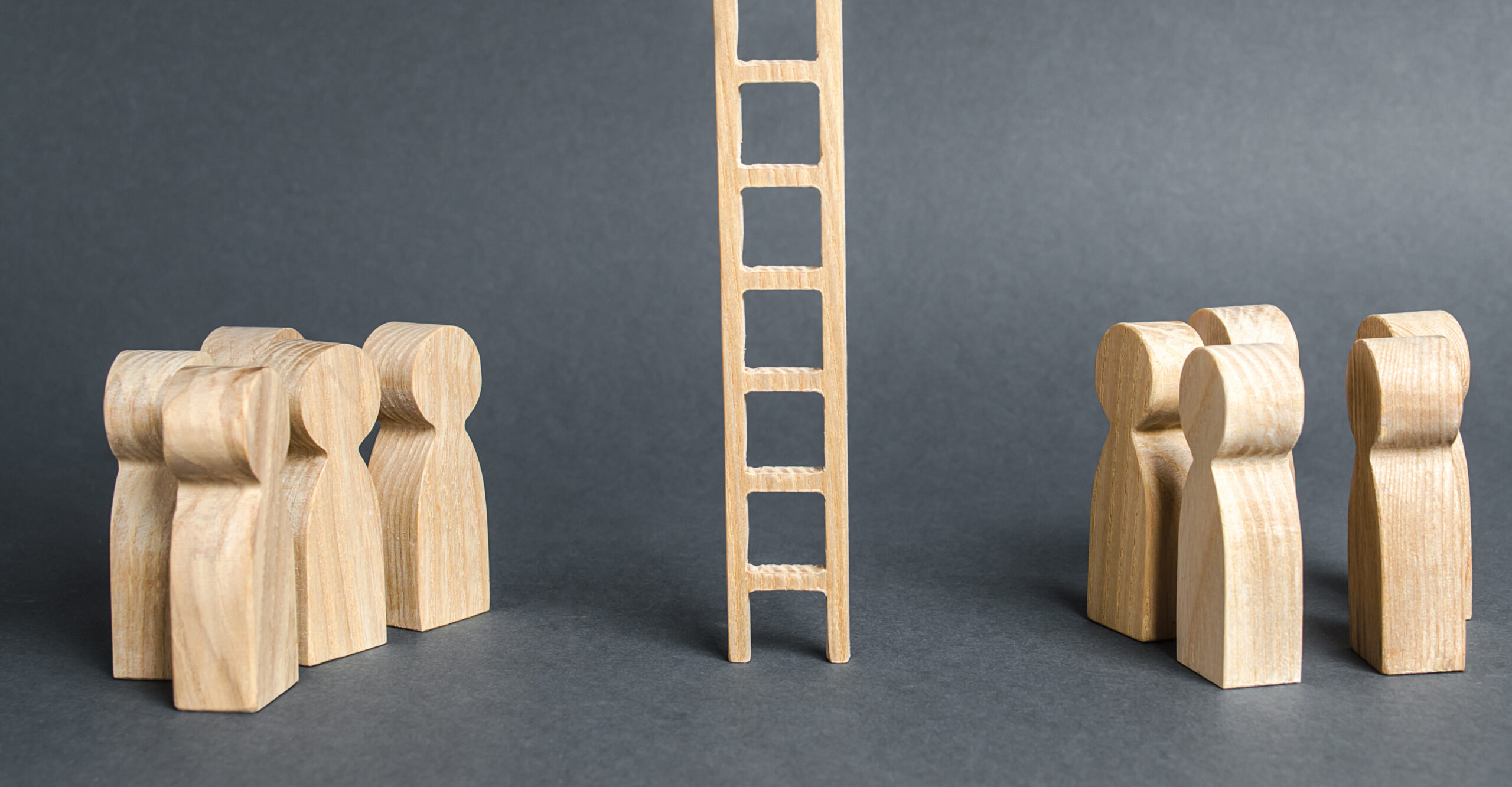Dr Bianca Serwinski on how to manage the habit of delaying essential activity in favour of unproductive time-wasting.
We are all guilty of being a procrastinator, either regularly or now and again. Working from home provides new distractions compared to the office as your home is filled with personal items, such as your TV, which you’d regularly associate with leisure.
Procrastinating can feel great in the moment, but time passes by so quickly that you might not even realise you’re being distracted until a few hours later.
Over 20% of the population are chronic procrastinators, excessive behaviour can take a toll on your emotional wellbeing. It can be challenging to manage yourself and become more productive if we don’t investigate ways to avoid procrastination.
What is procrastination?
Procrastination is the habit of delaying a high priority task but placing your focus on less urgent and more enjoyable activities. Procrastination can restrict your potential and lead to stress, increased frustration and anxiety to get things done. It is important to recognise the distinction between procrastination and laziness.
Comparison with others leads to procrastination, as the fear of failure takes over with the worry that your performance might not match up
Laziness is the unwillingness to do anything, whereas procrastinators choose to do something else.
Here are some simple steps to reduce procrastination and increase productivity.
Don’t compare yourself
Procrastination pairs up with perfectionism, wasting hours amending things trying to make them perfect. A common cause of both is constantly comparing yourself and performance to others. With the digital age of social media, it can be hard not to spot how your peers are ‘succeeding’ at different aspects of their lives.
Comparison with others leads to procrastination, as the fear of failure takes over with the worry that your performance might not match up. First step is to stay on your own path, limit your social media intake and ensure yourself that you don’t need everything to be perfect.
Ask yourself what perfect really means to you, celebrate your successes and express gratitude for all your achievements.
Set achievable goals
You will be able to focus clearly if you have a clear future direction. Goals need to be set that are realistic enough to achieve in your given timeframe. Procrastination happens when you lack direction making you feel uninspired and confused.
A way to overcome this is to set yourself a small number of short-terms goals, such as five, that are realistic and measurable. The list will give you something specific to work towards achieving daily. Balance the day with a mix of tasks, with some bringing more enjoyment than others, so you feel motivated to complete the list.
Identify your productivity cycles
Every individual has their own cycle of productivity, some work better in the morning and some in the evening. A great way to reduce your tendency to procrastinate is to identify your peak times – what time of the day are you most productive?
Plan your schedule around this and prioritise your most important tasks for this time. Similarly, you need to identify your slump times (the time of the day when you are least productive) and plan your breaks around this.
Trying to focus and work during your slump times will only frustrate you, as you begin to put yourself down for not achieving tasks. Listen to your inner body clock and intuition as you know what is best for you.
Aim to be in a flow
A flow state is a mental state where you’re completely immersed in the activity that you’re completing. Informally known as ‘being in the zone’, it is an optimal state of mind in terms of productivity. It allows you to positively focus on your work and reduces the chance of procrastinating.
To encourage the flow, create the right conditions for you to work in; during your productive cycle, in a quiet environment, with music or without and removing any major distractions such as your phone. Being in a state of flow is very effective and if you find you are in one, don’t stop. You will find yourself completing a lot more in a few hours in deep flow than in days of procrastination.
Use timeboxing
Timeboxing is a technique where you allocate specific blocks of time named ‘timeboxes’, to activities that you wish to work on. By ‘boxing’ the time out for certain tasks, it can help you feel less overwhelmed by the tasks you’ve been putting off.
The set amount of time can make it seem easier to handle and ensure that you’re dedicating enough time to unfavoured tasks. Furthermore, timeboxing controls your slump time so you avoid turning your 30-minute TV break into an accidental chance to binge on a new series.
About the author
Dr Bianca Serwinski is resident psychologist at The Profs




